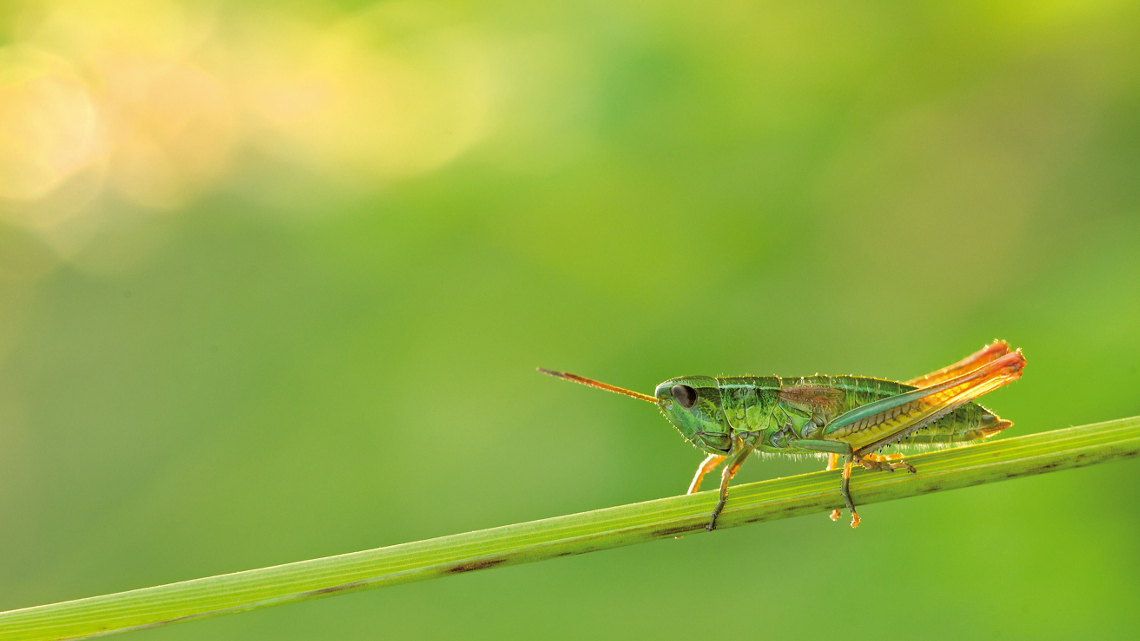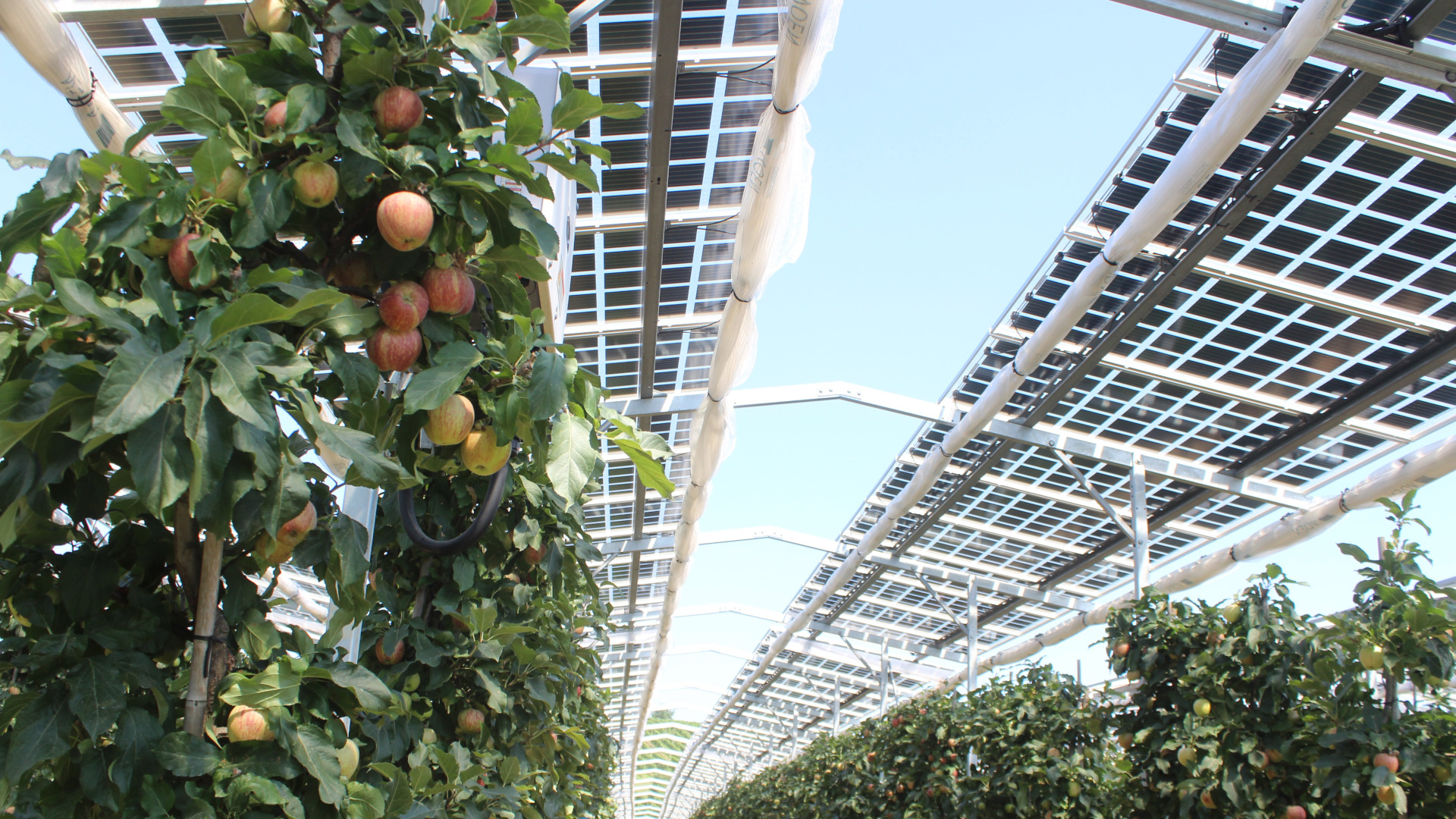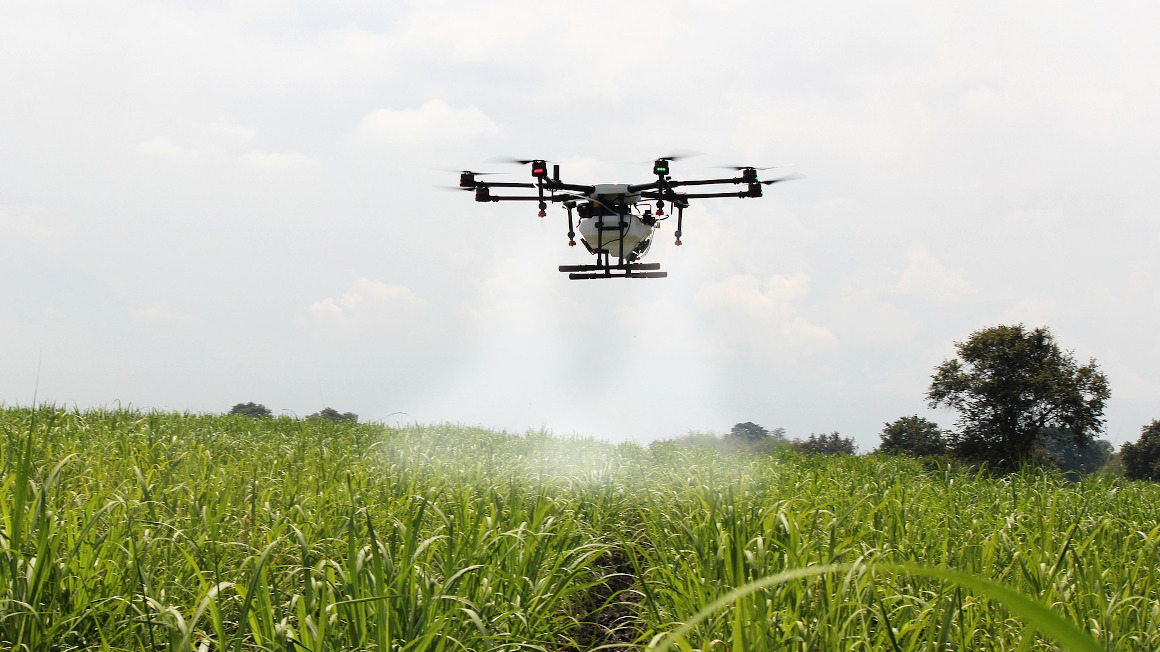Insects disappear faster than suspected
In Germany, most insect groups are affected by species extinction - and more so than previously assumed, as a study led by the Technical University of Munich shows.

That insect decline and species extinction are a fact has been shown by numerous national and international studies. Now German scientists are once again drawing attention to the loss of species with a large-scale biodiversity study. A research team led by the Technical University of Munich (TUM) has come to the conclusion that the decline of insects in Germany is even more extensive than previously assumed. "Previous studies [...] either focused exclusively on biomass, i.e. the total weight of all insects, or on individual species or species groups. The fact that a large part of all insect groups is actually affected has not been clear so far," said Sebastian Seibold, researcher with the Terrestrial Ecology Research Group at TUM.
Between 2008 and 2017, the team surveyed a large number of insect groups in Brandenburg, Thuringia and Baden-Württemberg. More than one million insects were collected at 300 sites. The team presents the results of the study in the journal Nature.
40 percent decrease in forests
Many of the nearly 2,700 species studied are in decline. Some of them have even completely disappeared from certain regions. One out of three insects has disappeared from the forests and meadows compared to ten years ago. This affects sheep pastures, meadows that have been mown and fertilized three to four times a year, coniferous forests that have been shaped by forestry and even unused forests in protected areas, as the researchers report. In the forests alone, the number of insects has fallen by 40%.
Arable land influences insect extinction in grassland
In grassland, the results were even more dramatic: at the end of the study, only one third of the original insect biomass was registered. The greatest loss was on those grasslands which are heavily surrounded by arable land, i.e. intensive farming. A decline on that scale over a period of just 10 years came as a complete surprise to us – it is frightening, but fits the picture presented in a growing number of studies," says Wolfgang Weisser, Professor of Terrestrial Ecology at the TUM and one of the initiators of the joint project. In the forests, on the other hand, the number of insects that travel longer distances has decreased. "To decide whether it is a matter of the more mobile forest-dwelling species having more contact with agriculture, or whether it has something to do with living conditions in the forests, further study will be needed," explains Martin Gossner, a former TUM employee.
But how can the insect decline in Germany be stopped? The researchers warn that stand-alone initiatives are not enough. "To stop the decline, our results indicate that more coordination is needed at the regional and national levels," Seibold urges.
bb/um


